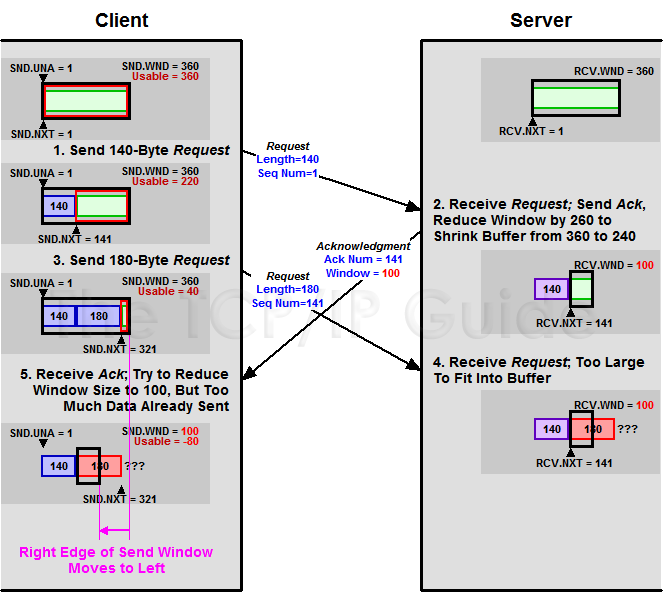 |
|
Please Whitelist This Site?
I know everyone hates ads. But please understand that I am providing premium content for free that takes hundreds of hours of time to research and write. I don't want to go to a pay-only model like some sites, but when more and more people block ads, I end up working for free. And I have a family to support, just like you. :)
If you like The TCP/IP Guide, please consider the download version. It's priced very economically and you can read all of it in a convenient format without ads.
If you want to use this site for free, I'd be grateful if you could add the site to the whitelist for Adblock. To do so, just open the Adblock menu and select "Disable on tcpipguide.com". Or go to the Tools menu and select "Adblock Plus Preferences...". Then click "Add Filter..." at the bottom, and add this string: "@@||tcpipguide.com^$document". Then just click OK.
Thanks for your understanding!
Sincerely, Charles Kozierok
Author and Publisher, The TCP/IP Guide
|
|
|

Custom Search
|
|
TCP Window Management Issues
(Page 1 of 3)
Each of the two devices on a TCP connection can adjust the window size it advertises to the other, to control the flow of data over the connection. Reducing the size of the window forces the other device to send less data; increasing the window size lets more data flow. In theory, we should be able to just let the TCP software on each of the devices change the window size as needed to match the speed at which data both enters the buffer and is removed from it to be sent to the receiving application.
Unfortunately, certain changes in window size can lead to undesirable consequences. These can occur both when the size of the window is reduced and when it is increased. For this reason, there are a few issues related to window size management that we need to consider. As in previous topics, we'll use for illustration a modification of the same client/server example first shown in the topic explaining the basic TCP data transfer process.
One window size management matter is related to just how quickly a device reduces the size of its receive window when it gets busy. Let's say the server starts with a 360 byte receive window, as in the aforementioned example, and receives 140 bytes of data that it acknowledges, but cannot remove from the buffer immediately. The server can respond by reducing the size of the window it advertises back to the client. We even discussed in the previous topic the case where no bytes can be removed from the buffer at all, so the window size is reduced by the same 140 bytes that were added to the buffer. This “freezes” the right edge of the client's send window so it cannot send any additional data when it gets an acknowledgment.
What if the server were so overloaded that we actually needed to reduce the size of the buffer itself? Say memory was short and the operating system said “I know you have 360 bytes allocated for the receive buffer for this connection, but I need to free up memory so now you only have 240”. The server still can't immediately process the 140 bytes it received, so it would need to drop the window size it sent back to the client all the way from 360 bytes down to 100 (240 in the total buffer less the 140 already received).
In effect, doing this actually moves the right edge of the client's send window back to the left. It says “not only can't you send more data when you receive this acknowledgment, but you now can send less”. In TCP parlance, this is called shrinking the window.
There's a very serious problem with doing this, however: while the original 140 bytes were in transit from the client to the server, the client still thought it had 360 bytes of total window, of which 220 bytes were usable (360 less 140). The client may well have already sent some of that 220 bytes of data to the server before it gets notification that the server has shrunk the window! If so, and the server reduces its buffer to 240 bytes with 140 used, when those 220 bytes show up at the server, only 100 will fit and any additional ones will need to be discarded. This will force the client to have to retransmit that data, which is inefficient. Figure 227 illustrates graphically how this situation would play out.
|
|
| |||||||||||||||||||
Home - Table Of Contents - Contact Us
The TCP/IP Guide (http://www.TCPIPGuide.com)
Version 3.0 - Version Date: September 20, 2005
© Copyright 2001-2005 Charles M. Kozierok. All Rights Reserved.
Not responsible for any loss resulting from the use of this site.







